This article contains some spoilers for Talk to Me in its discussion of how the movie uses phones and social media earnestly to convey the horror of disconnection for Gen Z.
Talk to Me begins with an impressive long take. Cole (Ari McCarthy) arrives at a house party, looking for his brother Duckett (Sunny Johnson). Cole weaves through the crowd, trying to figure out where his sibling might be. He is eventually directed to a bedroom. When Duckett refuses to open the door, Cole smashes it down. He picks his disoriented brother up and carries him into the kitchen where a crowd is watching. Duckett grabs a knife, stabs Cole, and then plunges the knife into his own eye.
Duckett had been able to grab the knife because his brother had been distracted by the crowd of onlookers filming the moment on their camera phones. He had put Duckett down for a moment in an effort to break up the crowd, to shame them for trying to capture this moment of vulnerability, to reduce Duckett’s clearly deteriorated state into viral content. It’s a shocking and effective opening to Talk to Me, one that signals what the film seems to be saying.
Horror films have always fixated on the lives of teenagers. Part of this is likely down to the fact that the audiences for horror movies tend to skew younger, making them the ideal demographic to target. It may also be because teenagers tend to be the subject of moral panics, covering everything from rock and roll to Dungeons & Dragons, and so it’s easy to generate subject matter for these sorts of horror movies.
However, because most producers and directors tend to be a great deal older than the audience that they are targeting, many of these attempts to appeal to younger viewers can come across as rather forced and out of touch. In the best-case scenarios, this can lead to ill-judged sequences in otherwise conventional horror movies. The most recent Texas Chainsaw Massacre featured a sequence in which Leatherface (Mark Burnham) slaughtered a bus full of influencers, for example.
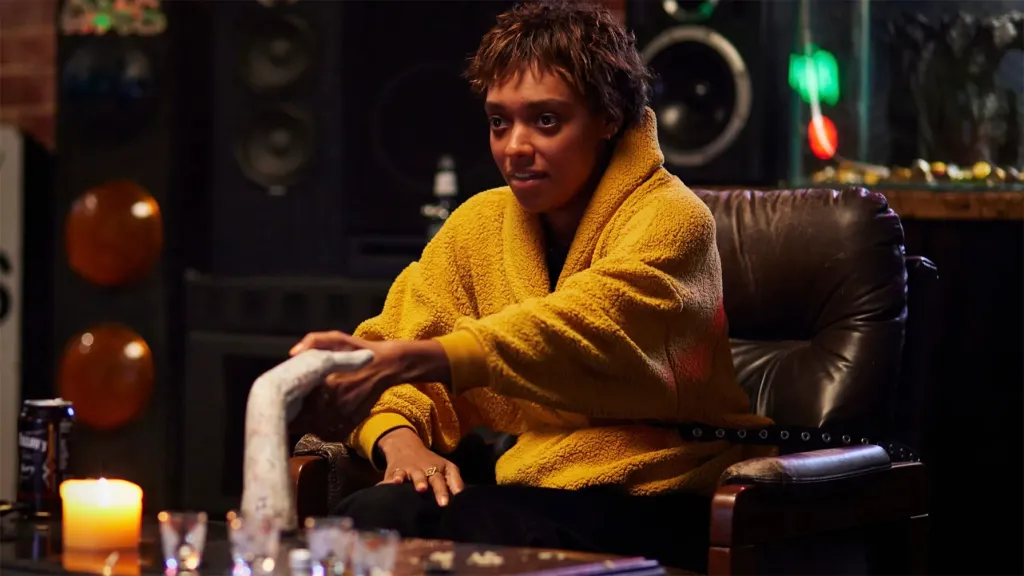
However, it can also apply to entire movies built around the desire to find something that resonates with “kids these days” and make that thing scary. The end results are often bizarre and uneven, leading to horror movies like Friend Request (tagline: “Evil is trending”) or Countdown (tagline: “Death? There’s an app for that.”). These sorts of movies can often feel like they were made by people who had only heard the concept of teenagers described to them over a long boozy lunch once a long time ago.
Part of what makes Talk to Me so compelling is that it is the rare teenage-skewing horror movie that actually seems to understand the world in which teenagers live. One of the most striking things about Talk to Me is the way that phones are woven into the tapestry of the movie, without the movie making a point to exoticize them or sensationalize them. This is a movie aimed at a generation that has grown up with camera phones. They aren’t novel or scary; they just are.
Without making a big deal of it, much of Talk to Me is mediated and understood through camera phones. The kids at the center of the movie engage in an occult ritual largely for the experience of being filmed doing it. Mia (Sophie Wilde) watches footage of one such ritual on her phone, while her friend Jade (Alexandra Jensen) insists that it must be fake and that kids are doing it for attention. Whenever anybody sits down to partake, the assembled group takes out their phone.
This is an exorcism movie for the digital generation, in which an occult ritual becomes a potentially viral social media phenomenon like the ice bucket challenge or the Kiki challenge. Indeed, Jade’s initial skepticism about those videos of the kids undergoing the ritual recalls ongoing debates about whether viral trends like the Tide Pod challenge or the blue whale challenge were sensationalist and ironic hoaxes or whether they were completely sincere.
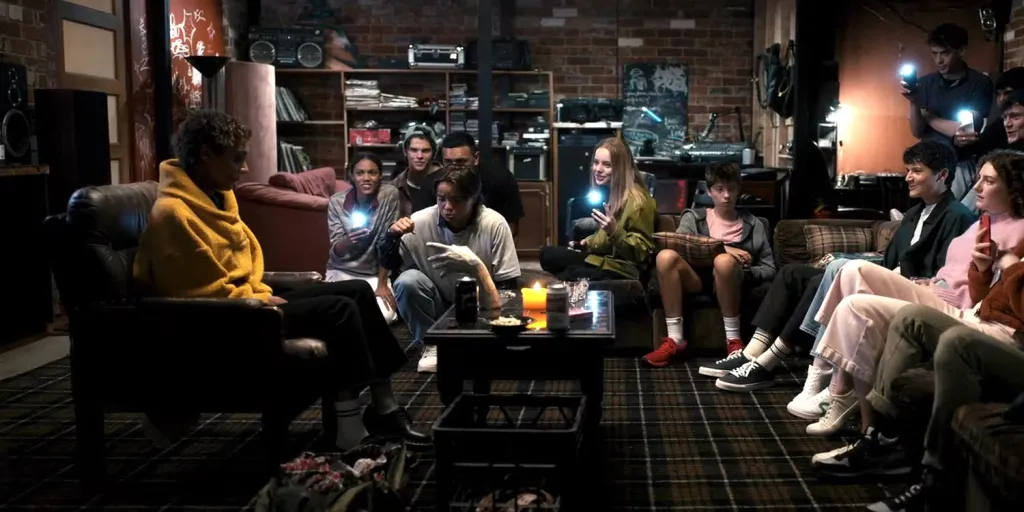
Before taking his turn, Jade’s boyfriend Daniel (Otis Dhanji) passes his phone to Jade, “Film me, babe.” When a spirit takes hold of him, it starts to suggestively rub his body. Falling out of the chair, it grinds on the floor. When Jade’s dog, Cookie, comes over investigating, the spirit in Daniel grabs it and begins making out with it. The onlookers continue to film it. When Daniel snaps back to himself, he freaks out. “Delete it,” he warns the assembled crowd, horrified at what that footage represents.
A lesser movie would make a bigger deal of this sequence, maybe taking the opportunity to shift into some clumsy-yet-earnest parable about cyberbullying. Instead, Talk to Me doesn’t dwell on the point. It’s a movie aware of phones and social media but that isn’t particularly heavy-handed. It’s a movie that is rich with imagery and metaphors, with this broader point about social media and the reduction of human life to content playing out through more conventional horror movie imagery.
Most obviously, Talk to Me is obsessed with eyes, with seeing and looking. Outside of Mia, the two characters most directly influenced by the evil spirits both inflict violence on their eyes. Duckett plunges a knife through his own eye socket. Jade’s younger brother Riley (Joe Bird), whom Jade argues is far too young to be partaking in the ritual, tries to claw his own eye out. Even in less extreme cases, possession manifests itself through big swollen pupils, as if trying to suck the world in.
There is also the recurring imagery of the closed door. At several points, horrific things happen behind locked doors, characters locking themselves away from friends and relatives. Mia’s mother Rhea (Alexandria Steffensen) took her own life in her bedroom, with her husband Max (Marcus Johnson) beating down the locked door to recover her body. Cole obviously breaks down a locked door to get to Duckett. After Daniel’s possession, Cookie is placed outside the locked door.
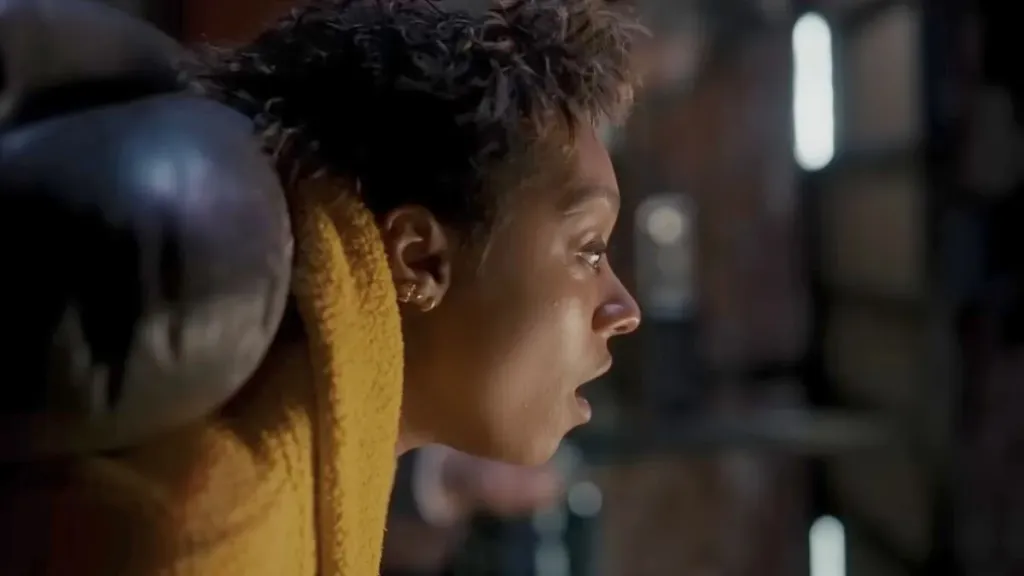
Throughout Talk to Me, there is a sense of isolation from the real world and disconnection from human beings. Mia drifts through the second anniversary of her mother’s death. When Max tries to talk to her, he appears out of focus in the background of the shot. His voice is distant and distorted. Mia can’t seem to connect with him, instead spending most of her time with Jade and Riley, sleeping on their couch and watching old videos of her mother on her phone.
It’s possible to read this as a metaphor for any number of teenage fears: grief, depression, drug addiction, other mental illnesses. Either way, Mia is in a paradoxical position. She wants to connect with people but also cannot open herself up. When Daniel stays over with her, the two press their hands together, ostensibly to compare sizes. Sleeping in the same bed as Daniel, head to toe, she brushes her hand against his leg. Meanwhile, Jade complains that Daniel hasn’t even kissed her.
Talk to Me is about the horror of what fills that gap. At the center of the occult ritual is a clay hand. The two kids in possession of the hand, Hayley (Zoe Terakes) and Joss (Chris Alosio), don’t seem to know that much about it. They suggest that it is an embalmed human hand, but the movie never offers any suggestion one way or the other. They disagree over whether that hand belonged to a medium or a satanist. Either way, the dismembered limb reaches out, as if offering a handshake.
As part of the ritual, the recipient has to clasp the hand. “Talk to me,” they state, opening the door to the other realm. To complete the connection, they have to say, “I let you in.” This allows the spirit to take control of their body. It is a fairly effective metaphor for the experience of being a young person reaching out on the internet and connecting to something — being put in contact with this incredible force. It’s a window into what Bo Burnham described as “everything, all of the time.”
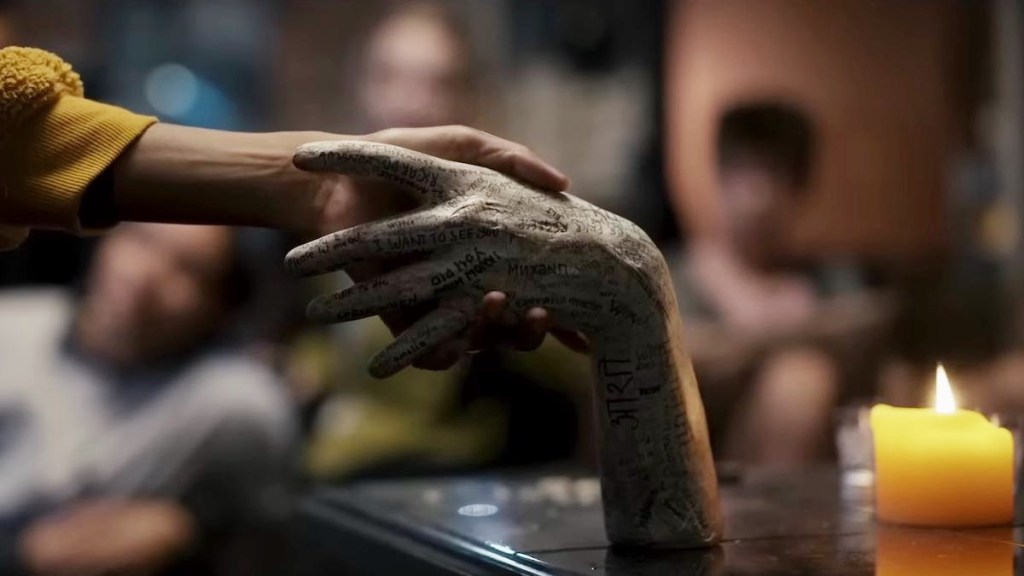
In many ways, Talk to Me taps into the paradox of the internet. It’s a movie about the sensation of feeling alone and disconnected from the real world, while also connected to something more abstract and unsettling. It’s about being alone and in communion. It’s about performance and exploitation. The spirits in the movie aren’t benign, but the teenagers are exploiting them for content — giving them 90 seconds of connection to the real world before consigning them back into darkness.
It makes sense that Talk to Me can be read as a horror movie for the internet generation. While most horror movies aimed at teens tend to come from disconnected outsiders, Talk to Me was written by Danny and Michael Philippou, twin brothers who operated the extremely popular RackaRacka channel on YouTube. This is the debut feature film from the pair, and they are working within their comfort zone. According to Danny, the film shot at his old high school.
The pair were drawn to the initial premise, as proposed by their friend Daley Pearson, because it reminded them of an experience that their neighbor had when experimenting with drugs. “He was on the floor and he was convulsing, and then all these kids were filming and laughing at him,” Danny recalled. “They uploaded it to Snapchat, and I remember seeing that footage and it really bothered me and stuck with me. So that was a thing that was already in my head.”
Talk to Me is a horror story that speaks to a generation that has been raised to see human suffering as a means of generating content. It’s about the nightmare of locking out the people in one’s life to connect with a bottomless pit of monstrous ghouls, as well as the detrimental effect that can have on one’s sanity. It’s a smart and mature take on the reality for a lot of modern teenagers, but it’s never heavy-handed.

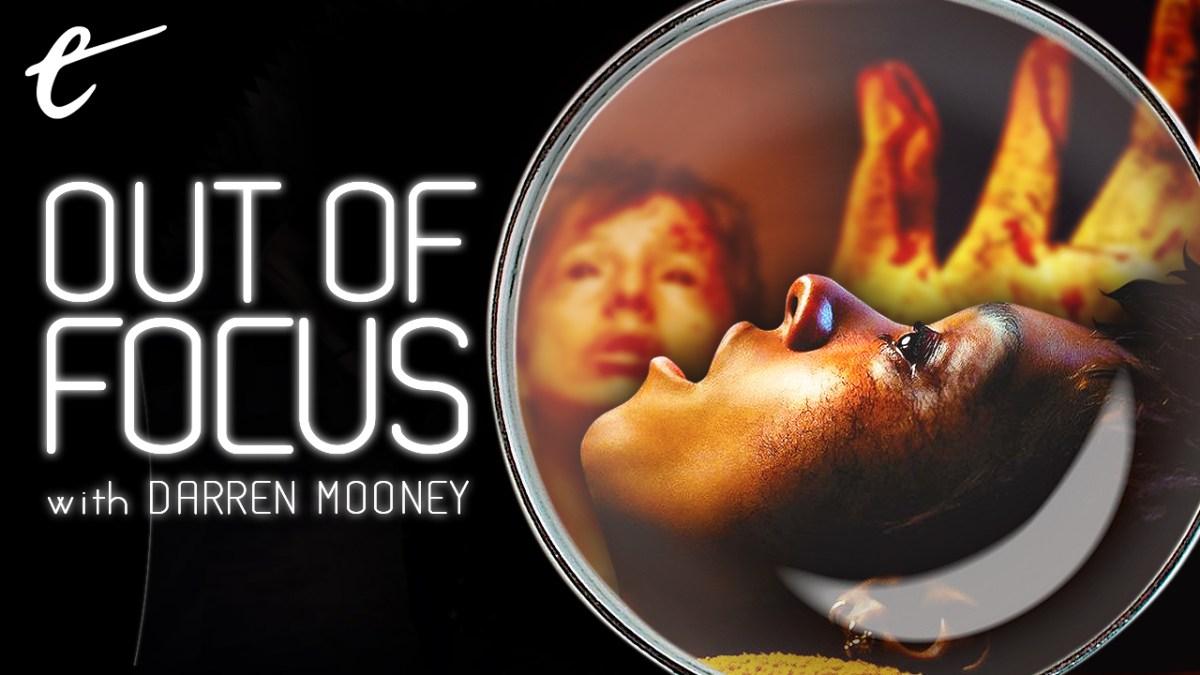




Published: Aug 2, 2023 11:00 am